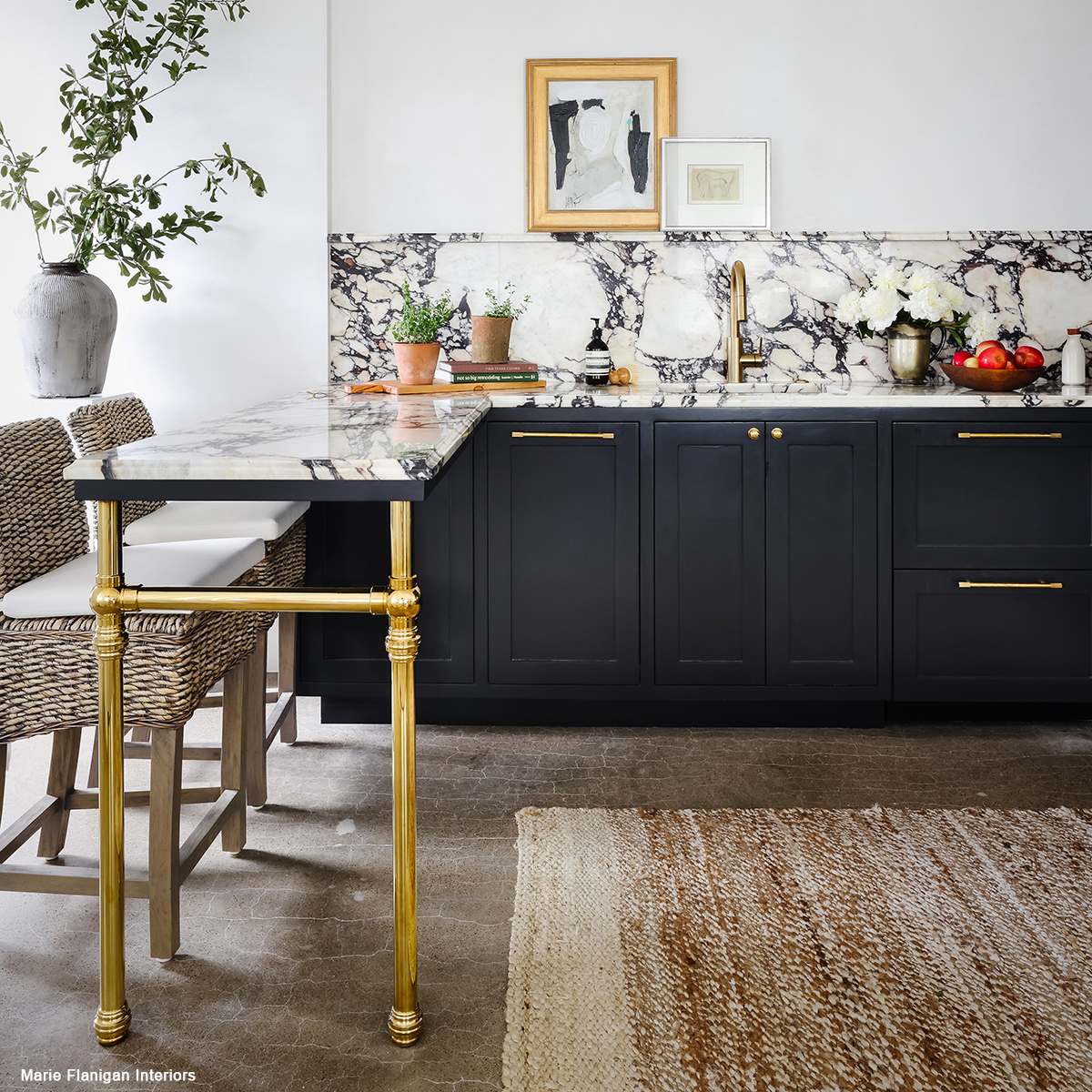Discover Affordable and Chic Solutions in Legs For Kitchen Island Updates
Discover Affordable and Chic Solutions in Legs For Kitchen Island Updates
Blog Article
Crucial Variables to Take Into Consideration When Picking Legs For Kitchen Area Island
Picking the appropriate legs for a kitchen area island includes a mindful analysis of numerous factors that can considerably influence both performance and aesthetic allure. As we discover these components, it becomes clear that each choice can have far-reaching implications for the total cooking area experience.
Product Options
When choosing legs for a kitchen island, understanding the different material options is crucial for attaining both visual appeal and architectural honesty (Legs For Kitchen Island). The option of material significantly affects not only the sturdiness of the island however additionally its general design and capability
Steel legs, frequently made from stainless steel or functioned iron, add a commercial and modern-day feel while making certain longevity and stability. These products are resistant to use and can support substantial weight, making them excellent for larger islands.
Another alternative is crafted materials, like MDF or plywood, which can be much more economical while still using an array of surfaces. They might not offer the very same degree of stability as strong wood or steel. Legs For Kitchen Island. Products such as acrylic or glass can produce a modern appearance, though they may need added support to ensure security.
Eventually, the selection of product for kitchen island legs should line up with the desired performance and the overall motif of the kitchen area.
Design and Style

When taking into consideration design, the form and coating of the legs are essential. Conical legs can provide a sense of agility and elegance, while thicker, more robust legs can share toughness and security. In addition, the coating-- be it repainted, discolored, or natural-- ought to match the cabinetry and countertop materials to develop a unified appearance.
In addition, the style of the legs can likewise reflect personal preference. Personalized or attractive legs, such as those featuring elaborate carvings or one-of-a-kind geometric forms, can function as centerpieces, adding personality and character to the kitchen area. Ultimately, the right selection will certainly not only boost capability however also boost the visual appeal, making the cooking area island a standout function of the home.
Height Factors To Consider
Choosing the proper elevation for kitchen island legs is critical, as it directly influences both functionality and comfort. The typical height for a cooking area island generally varies from 36 to 42 inches, straightening with common kitchen counter heights.

It is additionally necessary to represent users' elevations and preferences. Customizing the elevation can make sure a comfortable experience helpful resources for all member of the family, making the cooking area island a much more functional and enjoyable area.
Weight Support
Making certain sufficient weight assistance for kitchen area island legs is vital for both security and functionality. The kitchen area island frequently offers multiple objectives, including food prep work, eating, and extra storage space, necessitating a durable assistance structure. When picking legs, it is essential to take into consideration the overall weight capability called for based on the island's planned use and the materials that will certainly be positioned on it.
The option of product for the legs plays a significant function in their weight-bearing capacities. Solid wood, steel, and sturdy composites normally give superior stamina contrasted to lighter products. Additionally, the style of the legs-- whether they are right, tapered, or have a pedestal form-- can influence their capability to disperse weight properly across the structure.
Additionally, the leg positioning should be strategically prepared to improve security. Legs placed at the edges or with a wider base can better support much heavier tons. Constantly consult the supplier's specs pertaining to lots restrictions to ensure that the legs can sustain the intended weight without jeopardizing security. In summary, choosing kitchen area island legs with appropriate weight assistance is necessary for developing a useful and secure cooking area.
Setup and Maintenance
Proper installment and maintenance of cooking area island legs are vital for ensuring long life and stability. This usually includes safeguarding the legs to the island base using ideal fasteners, making certain that the legs are Read More Here level and straightened.
Once set up, normal maintenance is essential to preserve the honesty and appearance of the legs - Legs For Kitchen Island. For wooden legs, routine cleaning with a moist towel and application of suitable timber gloss can avoid dampness damages and preserve their surface. Steel legs may need a mild cleaning service to get rid of oil and grime, complied with by a completely dry cloth to stop corrosion development
In addition, evaluate the legs routinely for indications of wear or damages, such as fractures or loosened joints. Tightening up screws or screws as required can additionally lengthen the life-span of the legs. By sticking to these installation and maintenance practices, homeowners can guarantee that their kitchen area island stays durable and visually appealing for years to come.
Conclusion

Aesthetic coherence is paramount in picking the style and style of legs for a cooking area island, as these elements significantly influence the general setting of the room. Conical legs can provide a sense of lightness and beauty, while thicker, a lot more durable legs can share toughness and security.Picking the appropriate height for kitchen island legs is important, as it directly affects both performance and comfort. In summary, choosing kitchen area island legs get more with sufficient weight support is vital for producing a risk-free and practical culinary space.
In conclusion, selecting legs for a cooking area island demands mindful factor to consider of different aspects, including material options, design, elevation, weight support, and installation.
Report this page